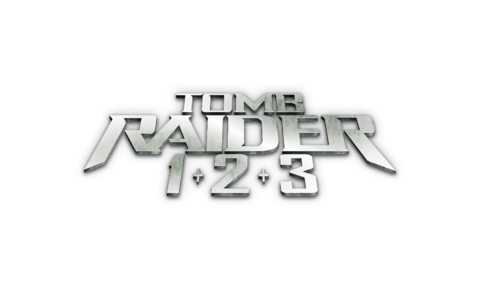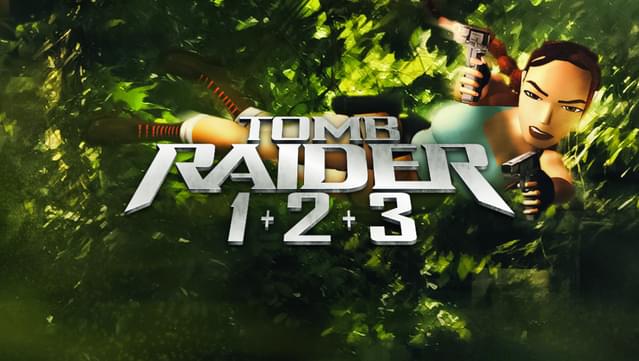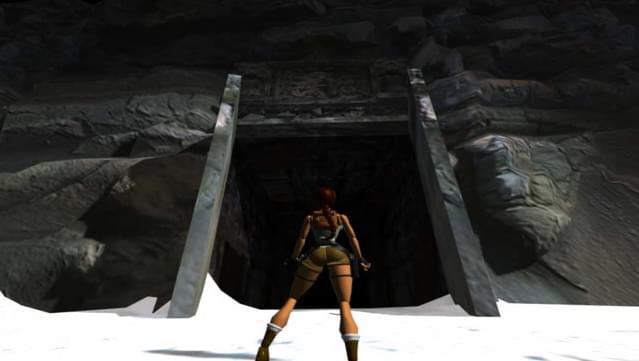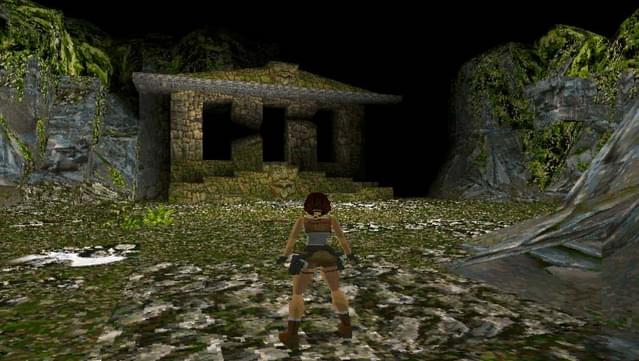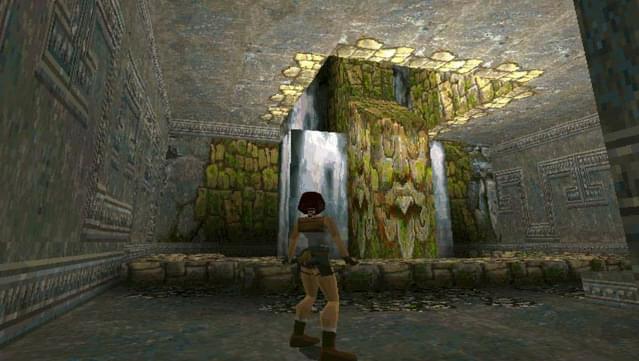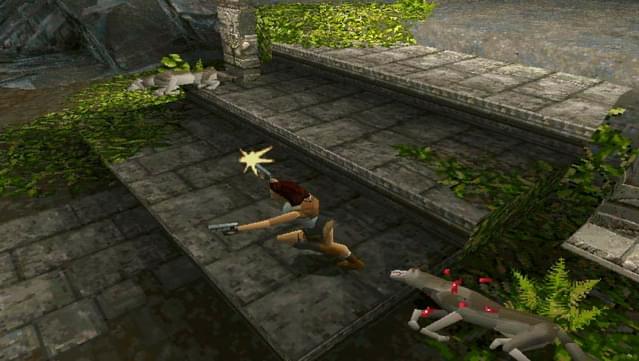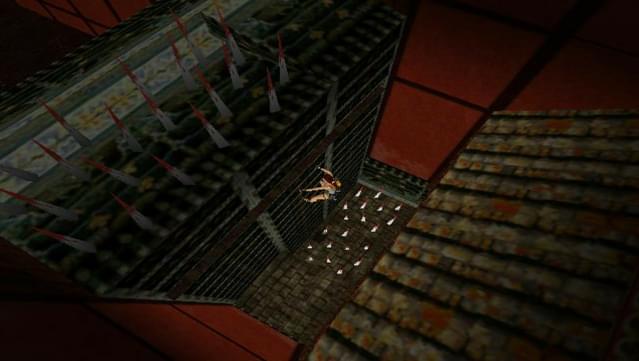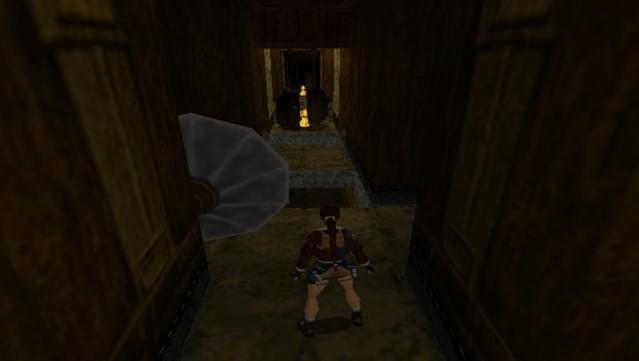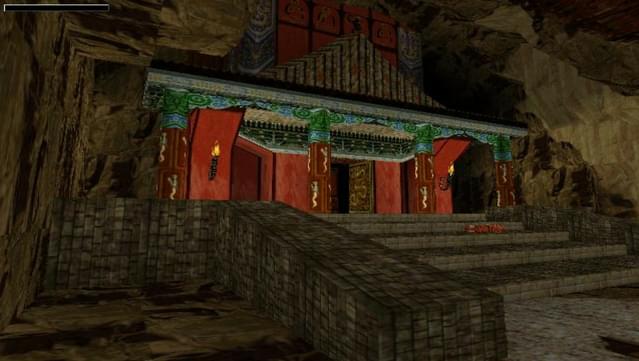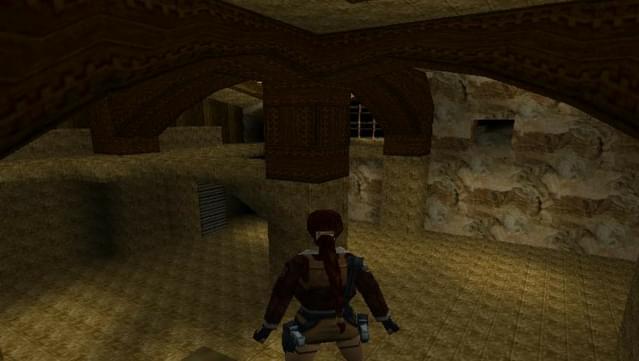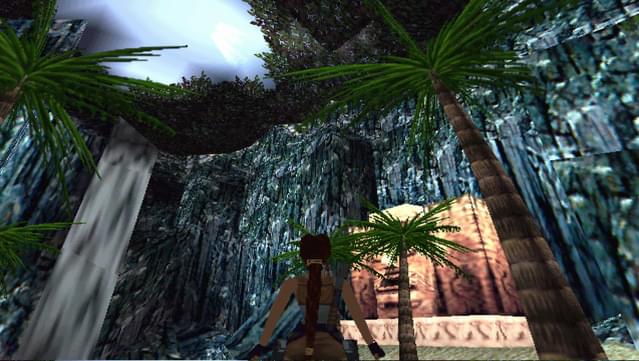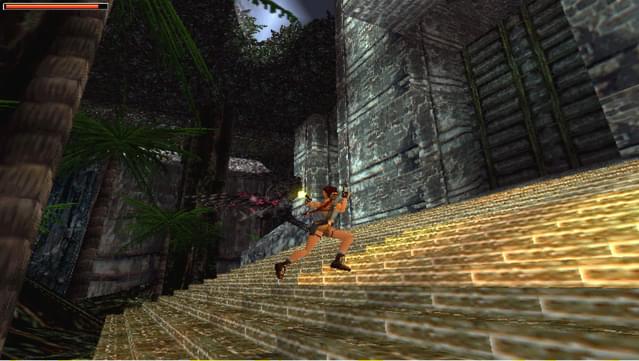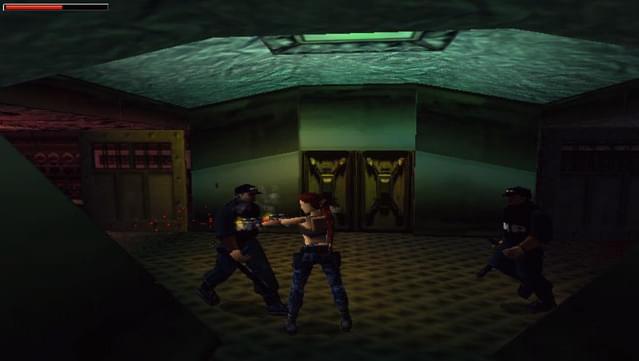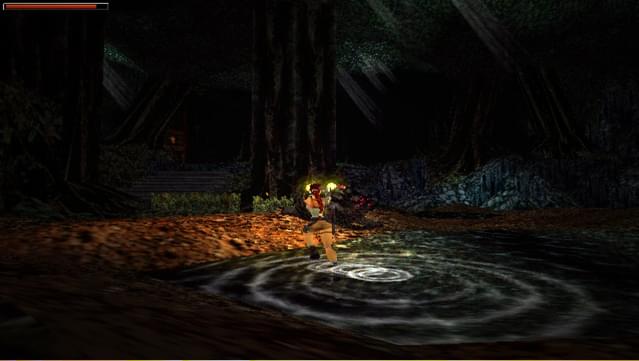Tomb Raider is a classic of the 90s that made Lara Croft an icon. As one of the first 3D puzzle platformers, it comes from a time without clear standards, which makes it clunky yet innovative. Lara explores bizarre levels inspired by ancient cultures with a touch of Lovecraft, tied together by themes of birth and rebirth.
The games open memorably with a tutorial in Lara's mansion, where players learn the basics of jumping, climbing, and swimming before heading into the different locations to collect treasures. Levels are built on a strict grid system, making movement deliberate but precise and mastering timing and distance is essential to survival. Combat is simple Lara can draw or holster weapons, automatically aiming with her trademark dual pistols. Other weapons like the shotgun, magnums, or Uzis add variety but require ammo, which is rarely scarce.
Level design is the real highlight. Environments are varied and atmospheric, supported by strong music and sound design. Ancient temples, ruins, and caves invite exploration, rewarding secrets with health or ammunition. With no map, navigation depends on memory, and the vertical, non-linear layouts make every corner feel dangerous.
Difficulty is high and traps, enemies, and chasms punish every mistake. Death animations from drowning to being impaled are being the source of everyones nightmares. Success requires patience and repeated trial and error.
However, flaws are hard to ignore. The camera struggles in tight spaces, interactions demand exact positioning, and combat often feels clumsy. Getting lost is common, and puzzles can become frustratingly repetitive. The third game even is almost absurd in terms of puzzles and solutions. Still, despite being tedious and unforgiving, the Tomb Raider Classic Trilogy remains atmospheric, challenging, and great.

